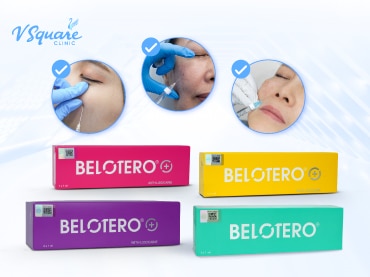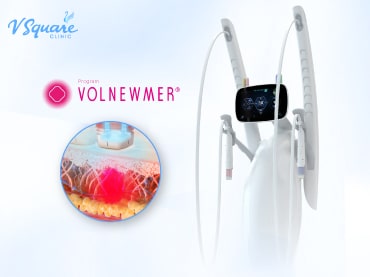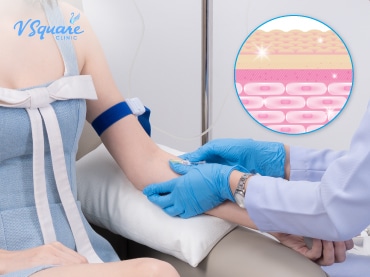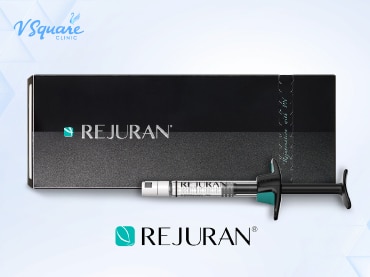Rhinoplasty (Nose Surgery)
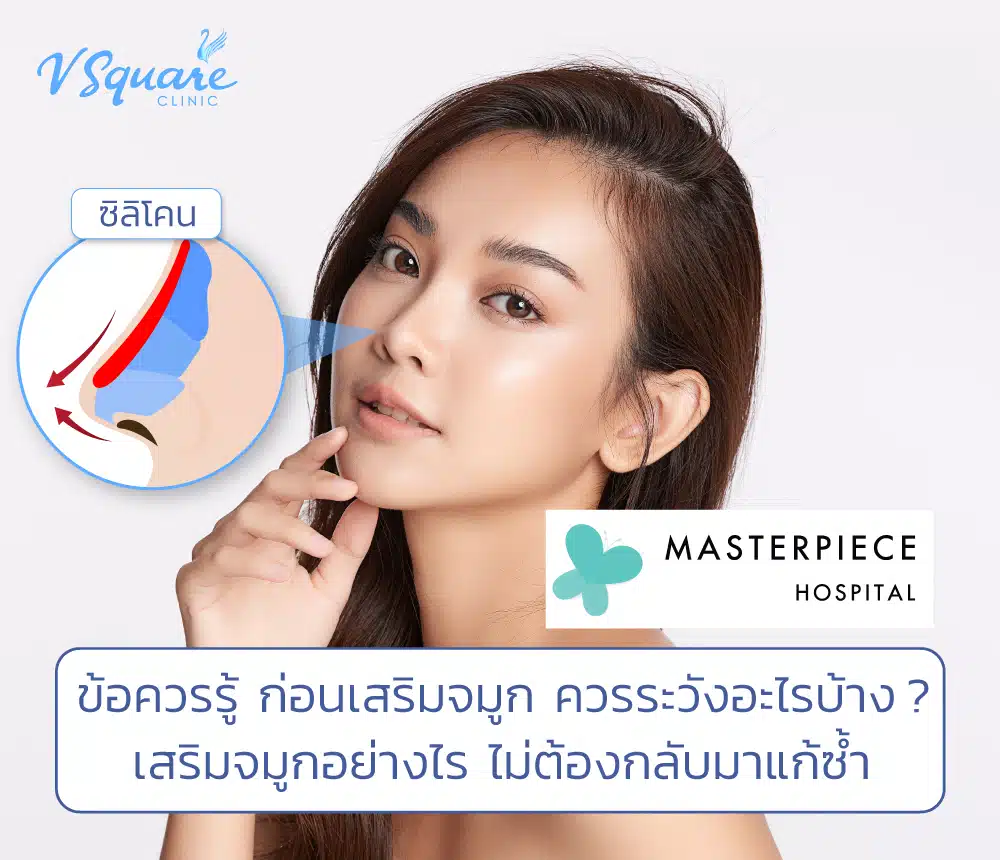
Rhinoplasty is one of the most sought-after aesthetic surgeries in Thailand. It’s often the first procedure patients choose, since the nose is at the center of the face, even subtle enhancements can significantly improve facial balance. A well-performed rhinoplasty can create beautiful facial contours, but poorly done procedures can result in complications like a deviated nose, implant extrusion, visible silicone, or asymmetric nostrils that may require revision.
To help you make the right decision, this article compiles key information from Masterpiece Hospital about rhinoplasty, including types of procedures, prices, safety precautions, and real patient reviews. Getting your nose done just once—with long-lasting, natural-looking results—requires choosing a highly skilled surgeon who uses safe, quality materials. That’s the best way to avoid future issues and ensure a worthwhile outcome.
Table of Content : Rhinoplasty (Nose Surgery)
What Is Rhinoplasty?
Rhinoplasty is a surgical procedure to reshape and enhance the nose using implant materials such as silicone, Gore-Tex, Medpor, or the patient’s own cartilage. While commonly performed for cosmetic enhancement or facial balancing, it’s also used to correct structural issues, whether due to congenital conditions or trauma.
It’s not just about aesthetics; rhinoplasty can help restore nasal symmetry and improve confidence through facial harmony.
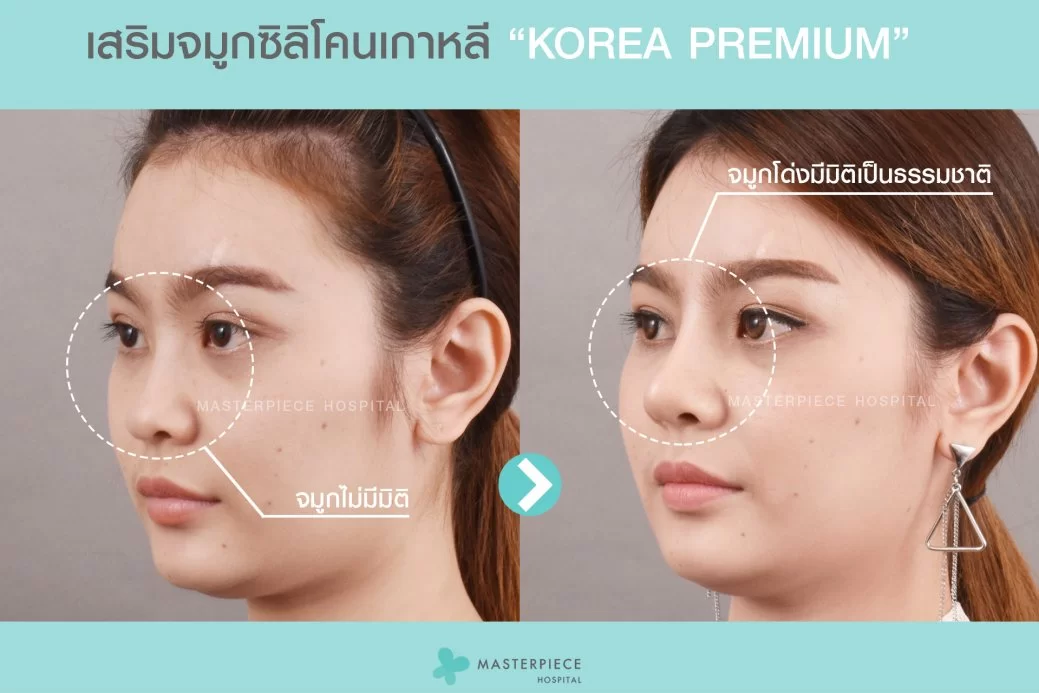
Rhinoplasty enhances facial definition and dimension.
*Individual results may vary.
Who Is a Good Candidate for Rhinoplasty?
Individuals considering rhinoplasty to enhance the nasal bridge, refine the nostrils, or correct asymmetry should assess their suitability as candidates:
- Patients should be at least 18–20 years old, as nasal bone growth is typically complete by this age.
- Patients should not be pregnant or breastfeeding.
- Rhinoplasty is not recommended for individuals taking blood thinners or those with a history of blood clotting disorders or vascular disease.
- Individuals with chronic health conditions such as diabetes, high blood pressure, or heart disease should undergo a thorough medical consultation.
- If an individual has a cold or any active infection, surgery should be postponed until full recovery.
Ultimately, eligibility depends on the surgeon’s professional evaluation. At Masterpiece Hospital, personalized assessments are performed to design a rhinoplasty plan tailored to each person’s facial structure, helping ensure natural-looking results without common issues such as implant shifting or asymmetry.
Rhinoplasty Reviews
Here are before-and-after photos of real patients who underwent rhinoplasty at Masterpiece Hospital. These images show significant improvements in facial proportions and profiles.
Rhinoplasty with silicone implants at Masterpiece Hospital
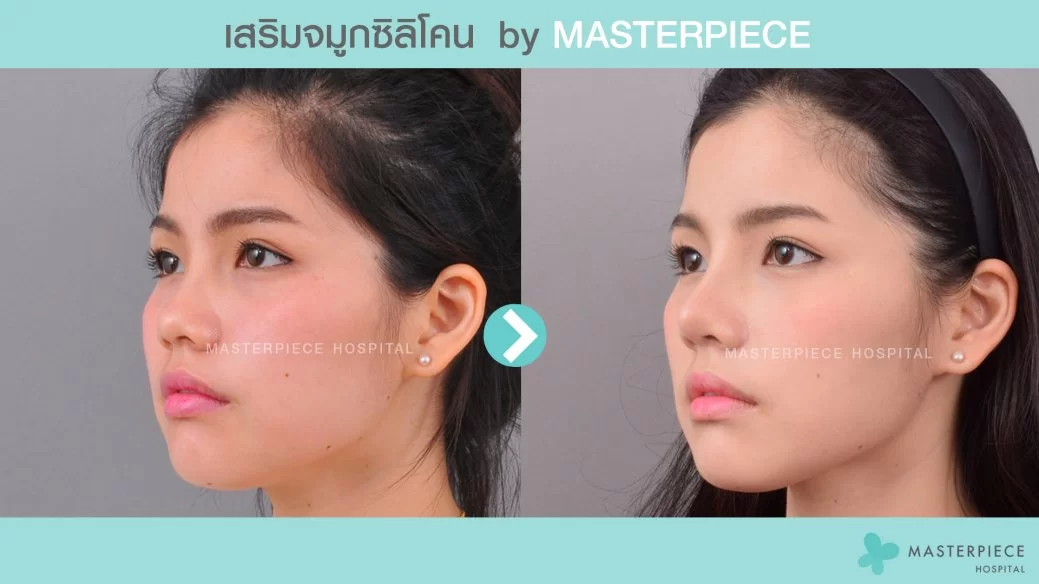
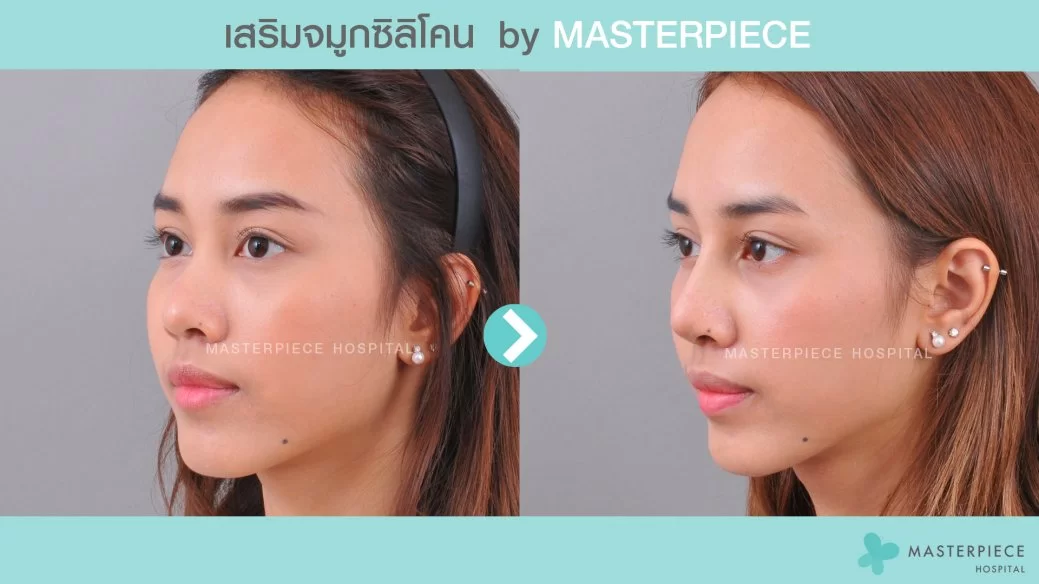
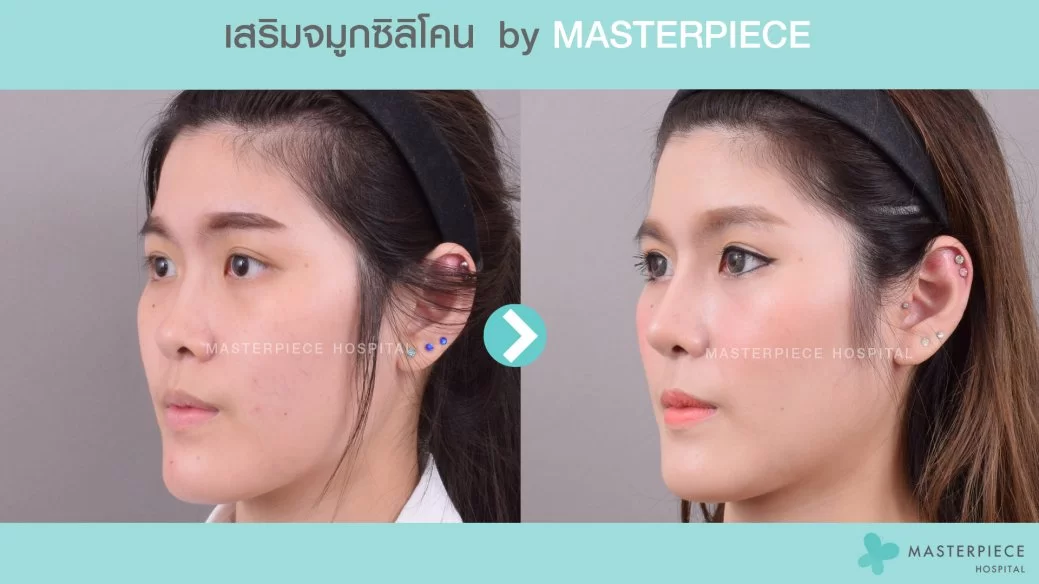
*Individual results may vary.
Is Rhinoplasty Safe?
Rhinoplasty is a surgical procedure, and like any surgery, it comes with certain risks and possible side effects. The degree of risk depends on various factors, particularly the expertise of the surgeon and the quality of materials used.
Choosing an experienced surgeon who customizes the implant to match each patient’s facial anatomy can significantly reduce the risk of complications. Equally important is selecting safe, medical-grade implant materials. Together, these decisions help ensure a safe and successful outcome.
How Much Does Rhinoplasty Cost?
Rhinoplasty prices can vary dramatically—from affordable tens of thousands to premium procedures costing over 100,000 THB. Several factors influence these prices, including:
- The reputation of the clinic or hospital
- The surgeon’s experience and skill
- The specialized surgical techniques used
- The quality and safety of the implant materials
Rhinoplasty Price at Masterpiece Hospital
| Procedure Type | Starting Price (THB) |
|---|---|
| Rhinoplasty with USA silicone | 15,900 |
| Rhinoplasty with Korean silicone | 22,000 |
| Optional: Ear cartilage graft | 28,000 |
| Optional: Synthetic tissue layer | 20,000 |
| Open Rhinoplasty | 69,500 |
| Alar Base Reduction (nostril trimming) | 10,000 |
Note: Final prices vary depending on the patient’s facial structure, desired results, and surgical technique. A consultation is essential for personalized planning.
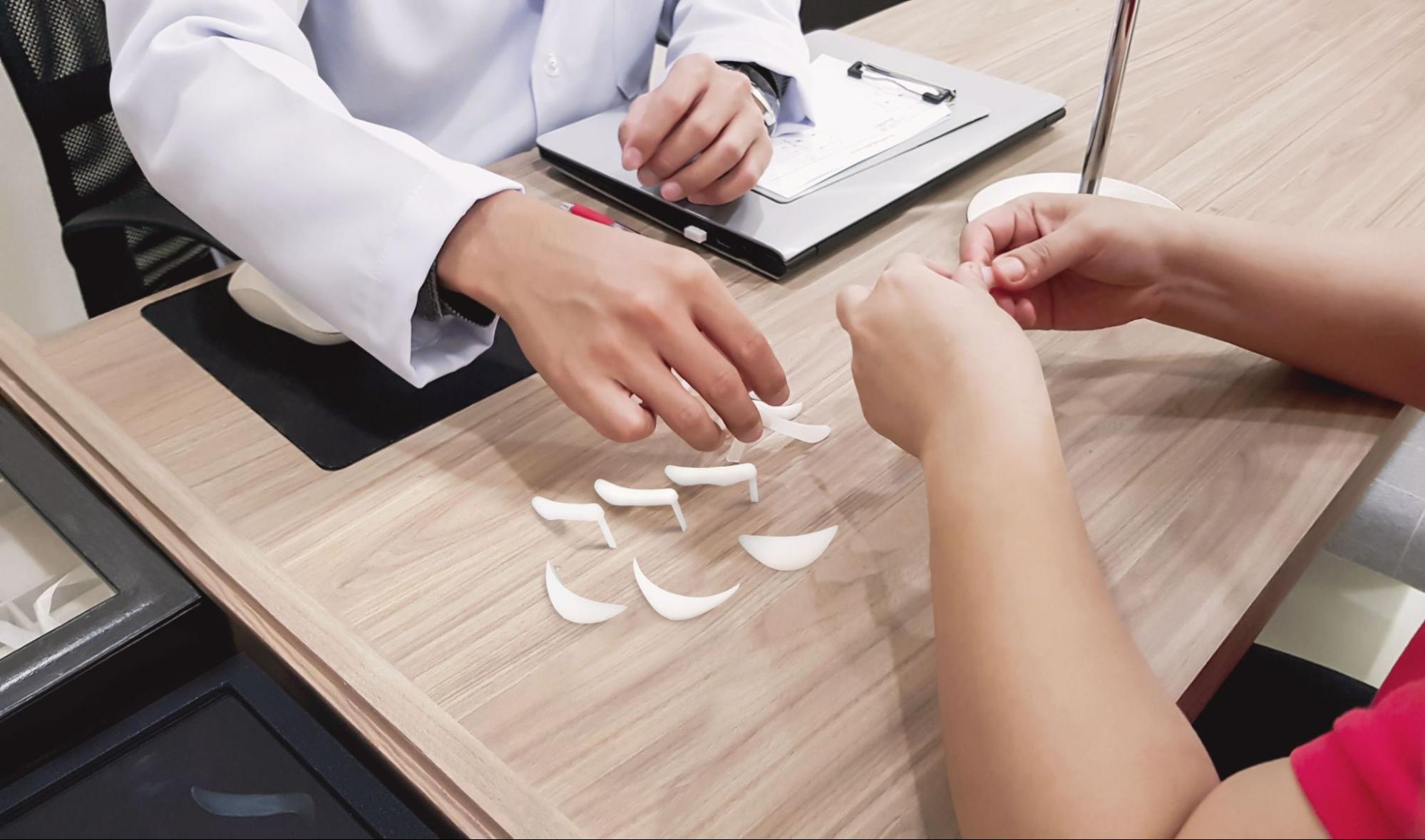
The cost of rhinoplasty, whether low or high, does not always determine its quality. Patients should consider whether the price reflects appropriate quality and overall value. Before deciding where to have rhinoplasty, it is important to consider factors such as:
- The clinic’s licensing status with Thailand’s Ministry of Public Health
- The surgeon’s specialization in rhinoplasty and portfolio of successful cases
- The safety and medical approval of implant materials used (such as silicone or cartilage)
- The surgical technique (closed vs. open) and which is most suitable for the patient’s needs
- Authentic reviews from real patients on platforms like Facebook Reviews, Pantip, or Wongnai, with preference for video reviews as they are harder to edit than photos
- Availability of post-operative follow-up, clear self-care instructions, and easy direct contact with the surgeon if needed
How Many Types of Rhinoplasty Are There?
1. Open Technique Rhinoplasty
The open rhinoplasty technique involves making an incision to fully expose the nasal structure. This approach allows the surgeon to directly modify the nasal cartilage and bones.
The main advantage is clear visibility of the nasal framework, including the bridge and tip. This provides precise control over reshaping and adjusting the nose, including reducing hump size or refining the nasal base. Surgeons can also apply structural techniques such as septal extension grafting, base narrowing, or osteotomy to create a more refined and natural-looking result, often without the need for silicone implants.
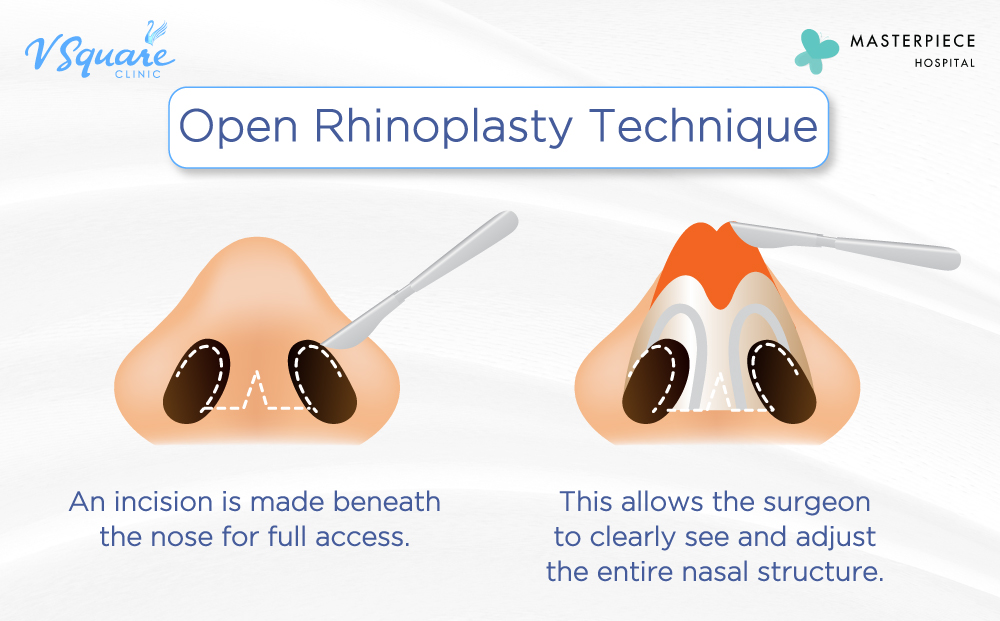
The incisions for open rhinoplasty include both internal and external ones. The external incision is placed discreetly at the columella, the skin between the nostrils, leaving only a small line that fades over time. Internal incisions are made inside the nasal passages on both sides. As healing progresses, scars become barely noticeable.
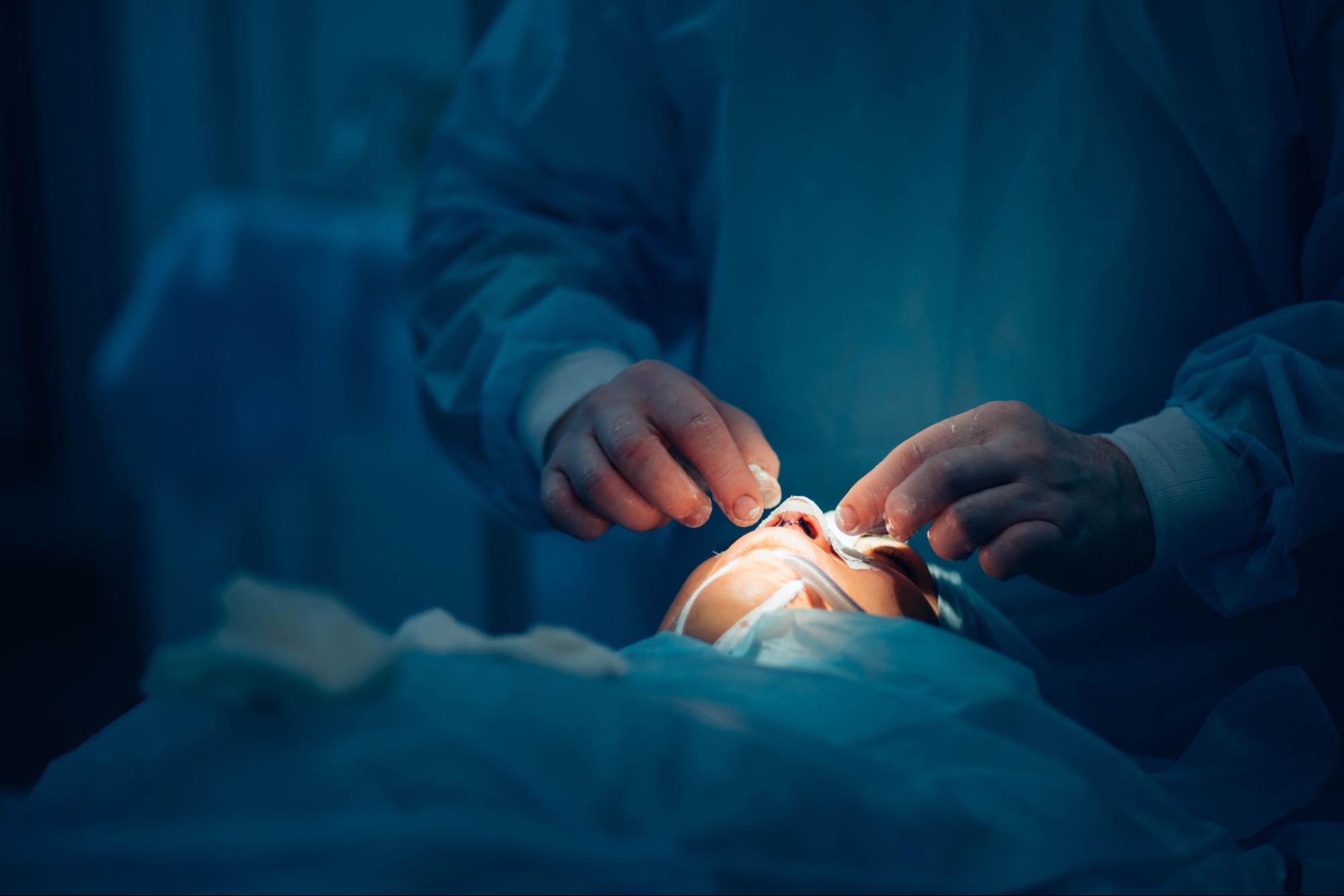
Open rhinoplasty typically takes longer than the closed approach and requires a surgeon with specific expertise in this method.
Who Is Open Rhinoplasty Suitable For?
Open rhinoplasty is ideal for patients with high nasal humps, wide or uneven nasal bases, or those who want a more defined, lifted nasal tip (often referred to as a “teardrop” or “sloped projection” shape).
It’s also suitable for cases with structural abnormalities, such as short noses, hooked noses, or crooked bridges.

If a patient has issues like implant extrusion, deviated silicone, or asymmetry without an active infection, open rhinoplasty allows reconstruction of the internal structure in a single surgery, correcting the problem from within and preventing future complications.
2. Closed Technique Rhinoplasty
Closed rhinoplasty is performed through incisions made entirely inside the nostrils, without external cuts. It’s typically used when no major alterations to the nasal structure are needed. Instead, the surgeon inserts a silicone implant (or similar material) to raise the nasal bridge.
This method is simpler and involves less tissue disruption compared to open rhinoplasty. It’s especially popular for refining the bridge without significantly reshaping the tip. In many cases, ear cartilage or fat tissue is added at the tip to reduce the risk of implant extrusion and increase tissue padding.
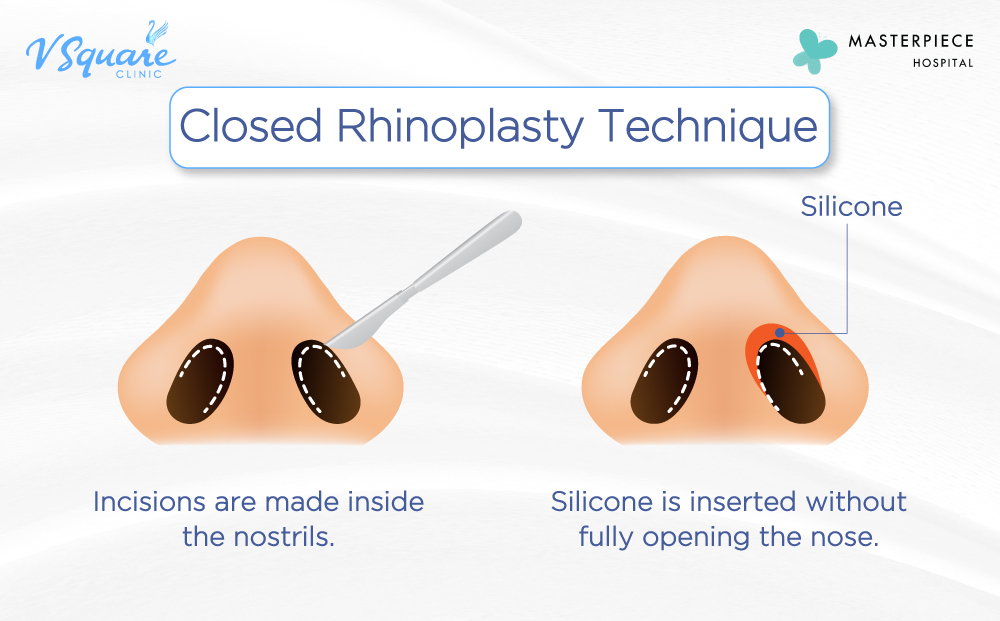
Since all incisions are hidden within the nasal cavity, there’s no visible scar. General anesthesia is usually not required—local anesthesia is often sufficient. Recovery time is shorter than with open rhinoplasty, and patients experience less swelling and downtime.
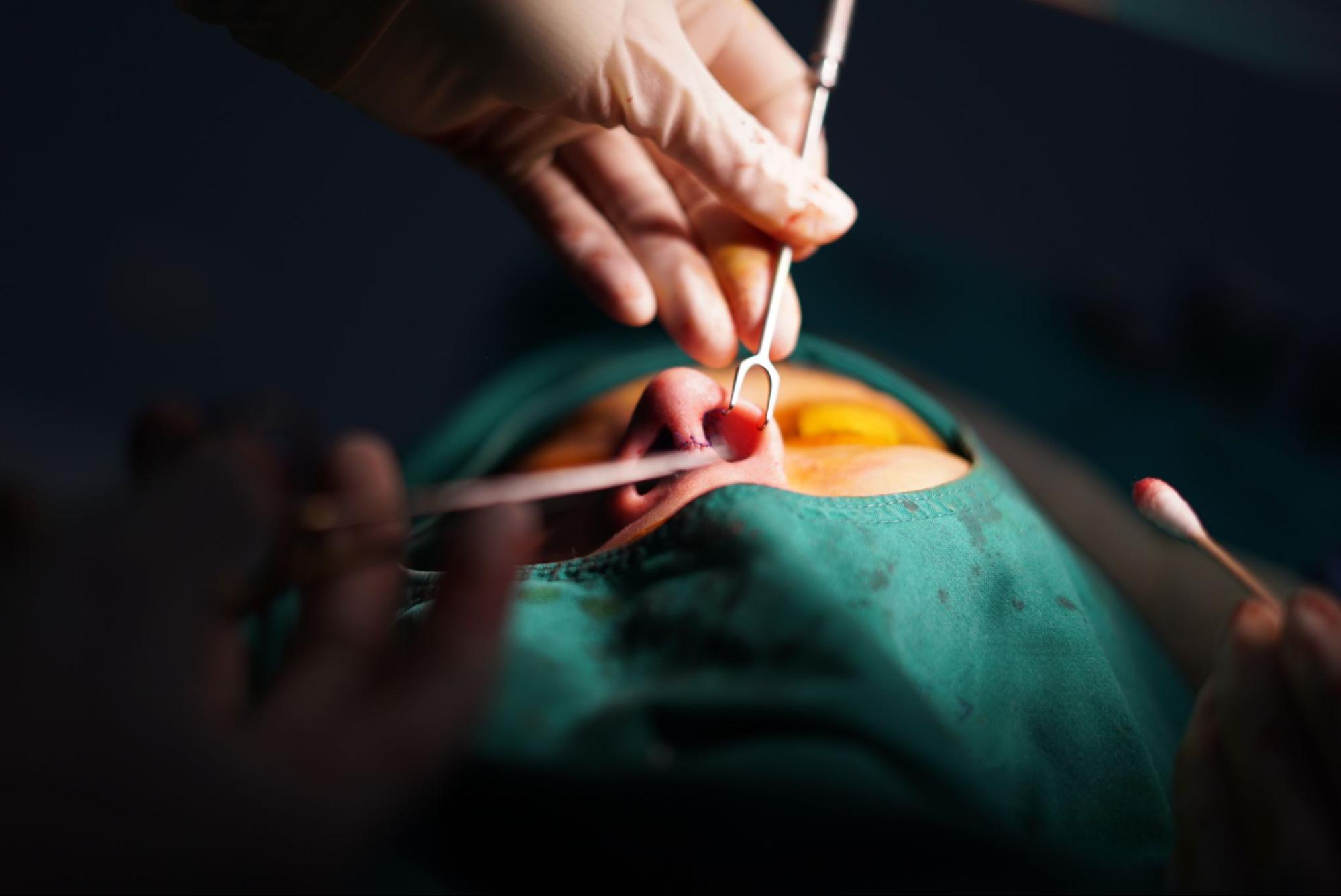
Closed rhinoplasty is ideal for patients without structural problems. It’s a relatively minor procedure that raises the bridge without altering the cartilage or nasal foundation.
Who Is Closed Rhinoplasty Suitable For?
Closed rhinoplasty is most suitable for patients who already have a well-balanced nasal structure. It works well for individuals with moderate tip definition, sufficient soft tissue coverage, and no significant curvature or deviation.
However, this technique has limitations and may not be ideal for patients with large or crooked noses, prominent humps, or very flat bridges. There’s also a higher long-term risk of complications such as implant deviation or thinning of nasal tissue. Therefore, consultation with a skilled surgeon is essential to determine the most appropriate approach.
Summary – Pros and Cons of Open vs. Closed Rhinoplasty
| Closed Rhinoplasty | Open Rhinoplasty | |
|---|---|---|
| Pros |
|
|
| Cons |
|
|
At Masterpiece Hospital, open rhinoplasty is currently the most popular technique. It allows for greater enhancement and definition of the nose, which matches most patients’ expectations. It also carries a lower risk of post-op deviation or implant-related issues.
During surgery, patients are either sedated or placed under general anesthesia, monitored by a licensed anesthesiologist, ensuring a pain-free experience and quick return to daily activities.
Do Male and Female Rhinoplasty Procedures Differ?
These days, rhinoplasty is common among both men and women. While the goals are often similar—enhancing the nose’s shape and profile—there are subtle differences in aesthetic preferences between genders.
- Male rhinoplasty typically focuses on a strong, high nasal bridge with a straight line from the brow to the tip, enhancing facial sharpness.
- Female rhinoplasty often favors a gentler slope, with a more curved bridge and lifted tip for a softer, more youthful, or elegant appearance.
However, there’s no one-size-fits-all approach. The ideal nose shape should complement each individual’s facial features and personal preferences, regardless of gender.
Popular Nose Shapes That Look Naturally Beautiful
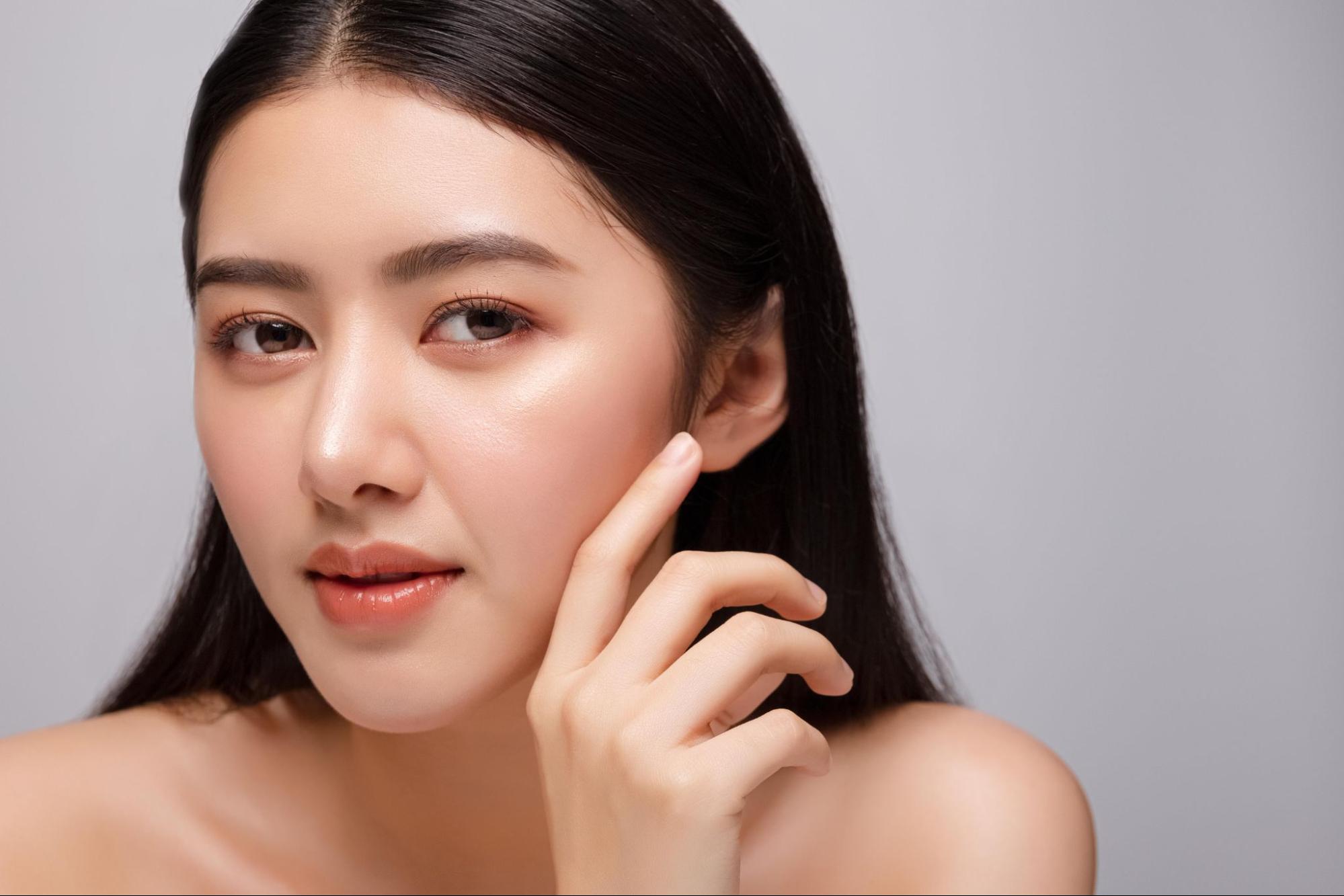
Among Asians—including Thais—it’s common to have a low nasal bridge and wide nostrils due to genetics. Popular nose shapes often aim to create more projection while narrowing the nostrils.
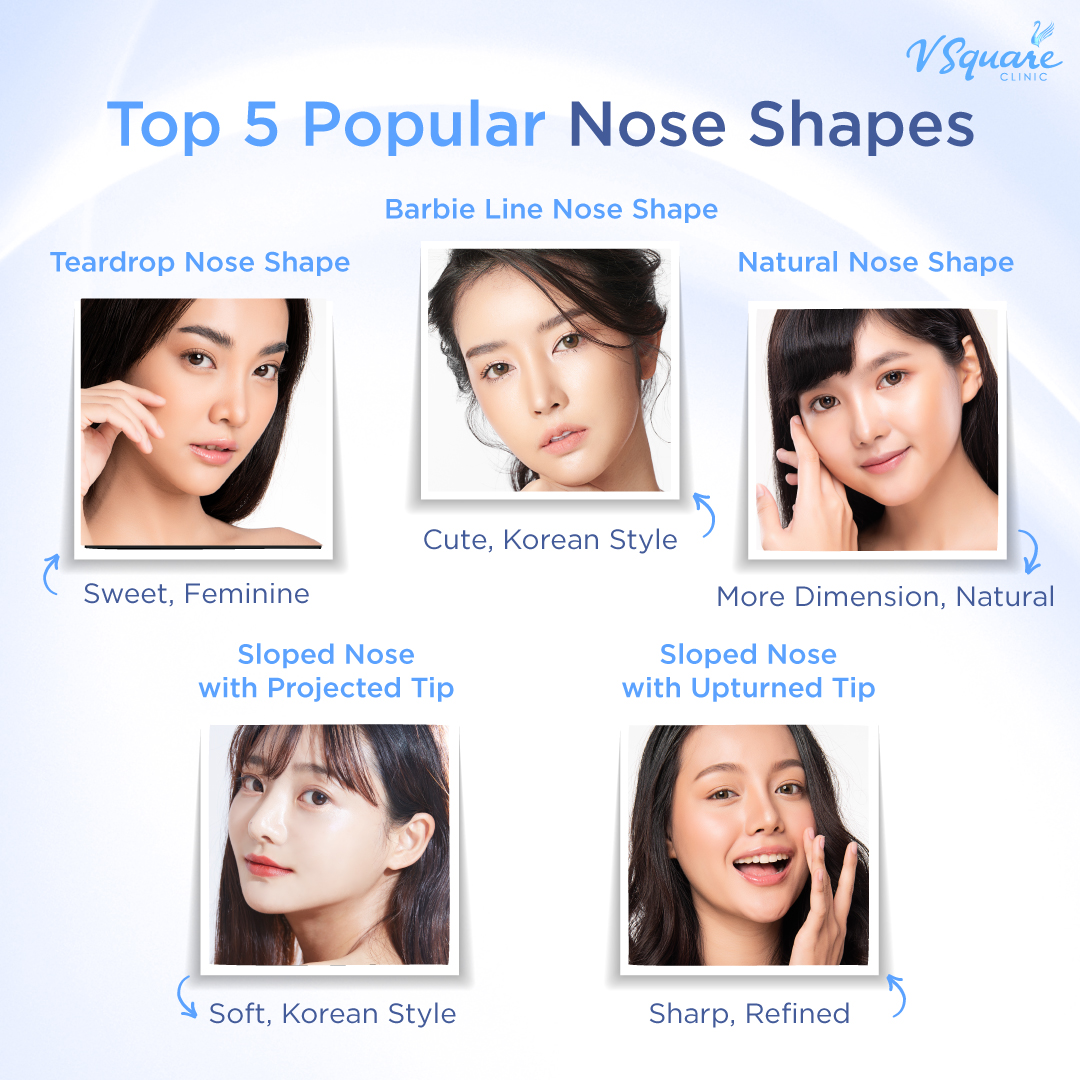
- Teardrop Tip: This shape extends the tip downward slightly, giving the illusion of a water droplet. Ideal for those with moderate tissue coverage.
- Sloped with Projected Tip: A smooth slope from the nasal root to a slightly lifted tip. This contour creates a youthful and refined look.
- Sloped with Teardrop Tip: Combines a natural slope with a defined droplet-like tip. Elongates the nose and adds a soft, feminine touch.
- Barbie Line Nose: Inspired by Korean aesthetics—high nasal bridge with a narrow, delicate tip. Adds sweetness and charm to the face.
- High-Bridge, Lifted Tip: Designed for those with flat noses or no nasal projection. This shape adds vertical height and is often associated with enhanced facial balance and good fortune in certain cultures.
Other styles, such as the “mantis nose” or “hanbok nose,” are also available. Ultimately, each individual’s existing nasal shape and personal goals should be assessed by an experienced surgeon to determine the most suitable and natural-looking design that will not require future correction.
How to Choose the Right Nose Shape for Your Face

The key to choosing the right nose shape is ensuring that it’s in harmony with your overall facial structure.
Beyond surgical technique and the surgeon’s experience, a critical factor in rhinoplasty success is the ability to design a nose that fits naturally with each patient’s facial features.
- The nose should be proportionate to the forehead. People with a high forehead can accommodate a higher nasal bridge without it looking unnatural.
- It should match the facial width. For patients with wide cheekbones, raising the bridge too much may throw off facial balance.
- It must suit facial length. The face can be divided into three equal segments: from the hairline to the nasal bridge, from the nasal bridge to the tip, and from the tip to the chin. A long chin may require a longer nose, while a short, round face may not be suitable for teardrop shapes.
Lifestyle also plays a role. Rhinoplasty can create noticeable changes. For those who rarely wear makeup or prefer a natural look, it is important to discuss goals clearly with the surgeon.
What Is Nasal Hump Reduction or Base Reduction in Nose Surgery?
A dorsal hump, or “hump nose,” refers to a noticeable bump or curvature on the nasal bridge. People with this feature often have a hooked or downward-pointing nasal tip, which can make the face appear harsh or stern.

This issue can be addressed by shaving down the hump (rasping) to smooth out the bridge. In more prominent cases, or when the nasal base is wide, a technique called humpectomy can be performed. This involves reshaping and narrowing the bony base, followed by silicone implantation to even out any irregularities. The result is a smoother, more elegant nasal profile.
Can People With Thin Nasal Skin Get Rhinoplasty Safely?
Yes, but extra caution is needed. Patients with thin nasal skin may face higher risks of implant visibility or extrusion. There are also limitations on how much projection or lift can be achieved. It’s crucial that the procedure be performed by a highly skilled surgeon to minimize risks.
The recommended approach is open rhinoplasty, which allows structural modification and septal extension. Using an ear cartilage graft to support the nasal tip helps extend the nose without excessive tension, making this method suitable for both short noses and those with thin skin.
Materials Used in Rhinoplasty and Nose Surgery
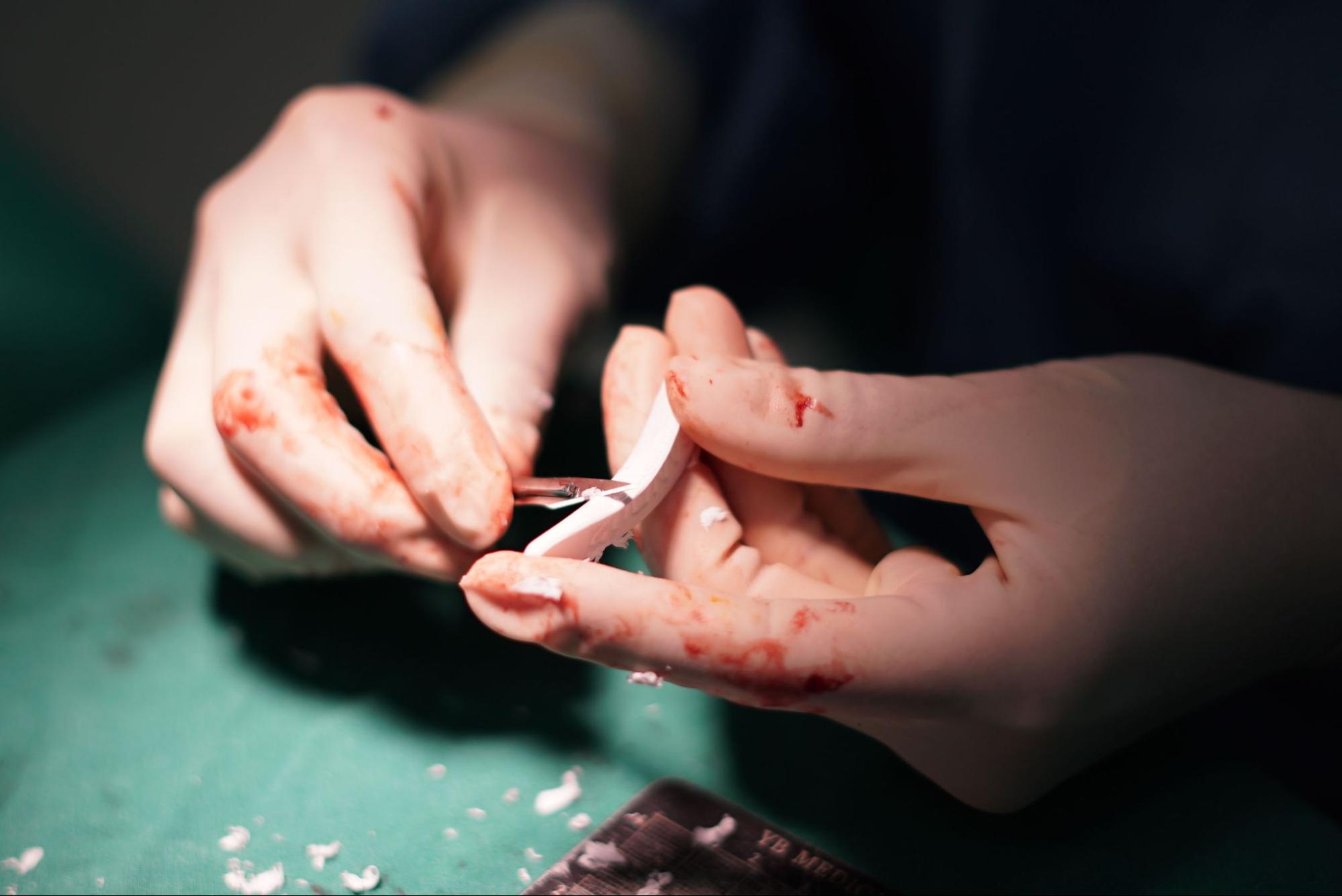
1. Silicone Implants
Silicone is a popular material for rhinoplasty because it offers predictable shaping, adapts to various nasal forms, requires minimal downtime, and is cost-effective.
Types of silicone:
- Pre-formed silicone: These implants come in standard shapes (e.g., Mantis, Barbie, Cinderella, L-shape). They’re less likely to shift but may not suit all face types.
- Carved silicone blocks: Surgeons manually shape these rectangular blocks during surgery to match the patient’s anatomy. This approach requires significant skill and precision. They come in four firmness levels: firm, medium, soft, and ultra-soft.

Common sources include FDA-approved silicone from the USA, Korea, and Japan. These materials are biocompatible and chosen based on the patient’s needs and budget.
2. Cartilage Grafts
Cartilage grafts help reduce long-term extrusion risks and add support to the nasal tip. They’re also excellent for creating a more natural finish.

Types of cartilage used:
- Ear cartilage: The most common source. It’s naturally curved and can be harvested without altering the ear’s shape. However, patients must care for the donor site and avoid shampooing for 1–2 weeks.
- Septal cartilage: Harvested from the center of the nasal septum during open rhinoplasty. This method allows tip extension without external scars.
- Rib cartilage: Extracted from the rib area (2–5 cm pieces), usually under the breast. This method requires more time and surgical skill.
Combining Rhinoplasty With Alar Base Reduction in Nose Surgery
As mentioned earlier, many Asian patients have a low nasal bridge and wide nostrils. For these patients, rhinoplasty is often paired with alar base reduction to narrow the nostrils and create balance.
This minor procedure reshapes only the soft tissue and muscle at the base of the nostrils. The incision is discreetly placed along the nostril crease. It’s crucial to ensure the nostrils are balanced with the upper nasal structure and bridge.
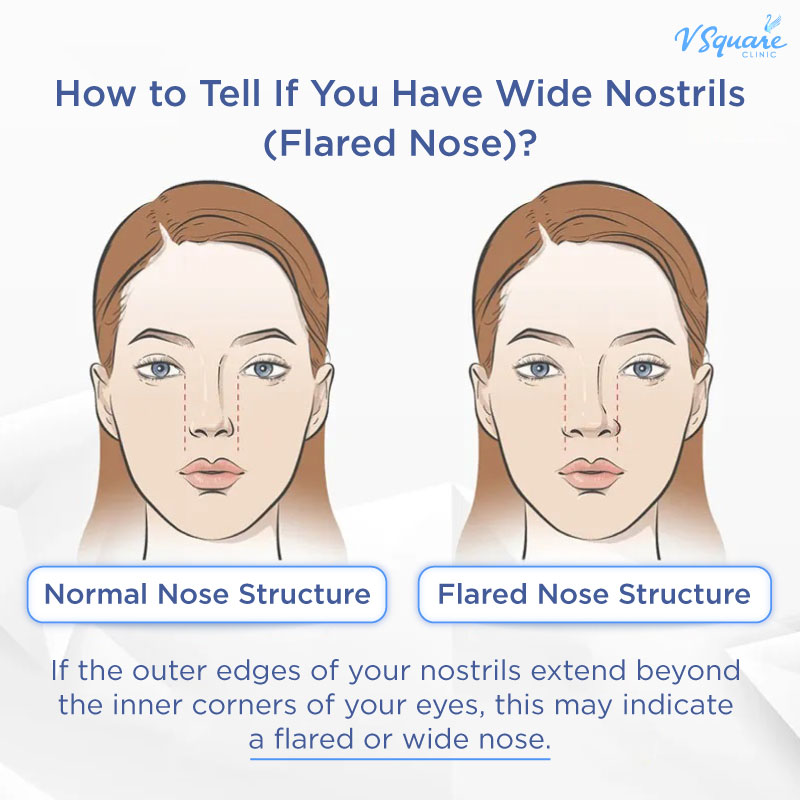
Steps for alar base reduction:
- Consultation and surgical planning
- Cleaning of the nasal cavity and surgical area
- Administration of local anesthesia or sedation (general anesthesia if performed with open rhinoplasty)
- Trimming excess tissue and reshaping the nasal base (30–45 minutes)
- Suturing the incisions and observation for 1 hour
- Return in 7 days for stitch removal

In some cases, thread lifting can be combined with rhinoplasty to enhance nostril contouring.
How to Prepare for Rhinoplasty or Nose Surgery
- Inform the doctor about medical history, medications, dental issues, and allergies.
- Stop taking herbal supplements, painkillers, and vitamins (e.g., Vitamin C, D, fish oil) at least 7 days before surgery.
- Quit smoking at least 4 weeks before to improve tissue oxygenation.
- Avoid alcohol for 24 hours to 1 week before surgery.
- Refrain from fermented or high-spice foods that could cause inflammation.
- Remove all makeup, jewelry, and piercings, and wash hair the day before.
- Avoid nail polish or artificial nails.
- Follow fasting instructions before surgery if general anesthesia is used (fasting is not required for local anesthesia).
Rhinoplasty Procedure Steps: What to Expect in Nose Surgery
- Anesthesia: The surgeon decides between local anesthesia and sedation, depending on the complexity. Open rhinoplasty typically requires general anesthesia under an anesthesiologist’s care.
- Surgery: The surgeon shapes the silicone, makes incisions, modifies the nasal structure, and sutures. The procedure usually takes 2–3 hours.
- Recovery: The Surgical site may be bandaged or splinted. Downtime is about 5–7 days. Patients can self-clean the wound and return for follow-up and stitch removal.
Post-Rhinoplasty Aftercare Tips for Better Recovery
After rhinoplasty, it’s normal to experience swelling, bruising, minor bleeding, or pressure around the nose and under the eyes. Proper aftercare is essential for optimal healing and lasting results:
- Apply a cold compress within the first 72 hours (avoid direct contact with the incision).
- Switch to warm compress after 72 hours to reduce bruising.
- Do not touch, scratch, or pick the nose.
- Sleep with head elevated and avoid lying face down.
- Avoid dusty environments for one week.
- Eat soft foods; avoid chewy or hard items.
- Refrain from washing your face for 3 days.
- Avoid spicy or fermented foods that delay healing.
- Refrain from alcohol or smoking for 1 month.
- Use a cotton swab with saline if itching occurs.
- Avoid heavy sports, swimming, intimacy, blowing your nose, or lifting weights.
- Seek medical help if any unusual symptoms arise.
Why Choose Masterpiece Hospital for Rhinoplasty and Nose Surgery?
- Certified Surgeons: Board-certified plastic surgeons with 10+ years of experience.
- Sterile Facilities: Hospital-grade operating rooms and sterile equipment.
- 24/7 Care: Dedicated staff available around the clock for pre- and post-op support.
- Premium Comfort: Modern recovery rooms and amenities for a seamless experience.
Final Thoughts – Summary of Rhinoplasty and Nose Surgery
Rhinoplasty is a complex procedure that depends on many factors—your existing nose structure, goals, healing ability, and the surgeon’s technique. Some individuals may also be prone to keloid scarring.
That’s why it’s essential to choose a reputable clinic, consult an experienced surgeon, and thoroughly research your options. With the right planning, you can achieve beautiful, safe, and lasting results.
Frequently Asked Questions About Rhinoplasty
Is rhinoplasty painful?
No, the procedure itself isn’t painful because local or general anesthesia is used. You will not feel discomfort during the surgery. Afterward, it’s normal to experience some bruising and tenderness, which gradually improve over the following days.
How many days is the recovery period after rhinoplasty?
Most patients require 5–7 days of initial recovery, during which they may return for antibiotic injections and follow-up appointments, including suture removal. Full resolution of bruising may take 7–14 days, depending on your healing rate.
Can I get rhinoplasty if I previously had a nose filler?
Yes, but the previous filler must first be removed or dissolved to ensure proper adhesion of the silicone implant during surgery. Your surgeon will evaluate and prepare the area before proceeding.
When will swelling go down and the nose settle into shape?
Post-operative swelling gradually subsides over several months. You can expect about a 60% reduction in swelling within 1 week, 80% by 1 month, and full results between 3–6 months.
What foods are recommended after rhinoplasty?
Eat foods that promote healing and reduce inflammation, such as eggs, chicken, pork, freshwater fish, and antioxidant-rich fruits (cherries, blueberries, strawberries, raspberries), as well as coconut water and seaweed. Most foods are safe, except for those known to cause inflammation.
What should I avoid eating after rhinoplasty? What’s safe after 1 month?
Avoid fermented foods, raw or undercooked dishes, and seafood in the first few weeks, as they can slow wound healing. After the surgical site has healed—usually by the 1-month mark—you may return to your normal diet.
If you have additional questions or want a personalized consultation, feel free to message the Masterpiece Hospital team on Facebook or Line. Our doctors are happy to help—free of charge.
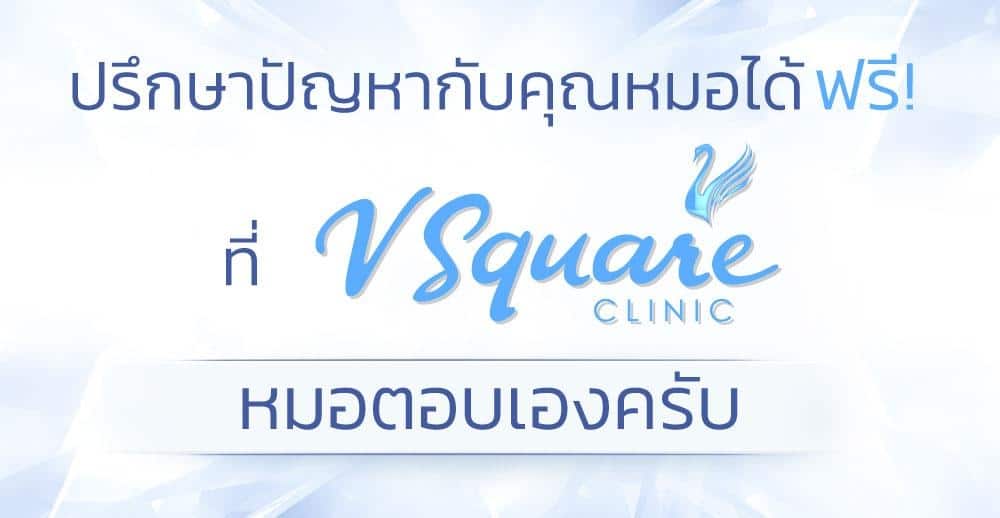
สำหรับผู้อ่านทุกท่านที่มีข้อสงสัยเพิ่มเติม ทีมแพทย์ V Square Clinic ทุกคนยินดีให้คำปรึกษาฟรี โดยไม่มีค่าใช้จ่าย หรือสามารถปรึกษาหมอทาง inbox facebook หรือ Line นี้ได้เลยครับ หมอตอบเองครับ



